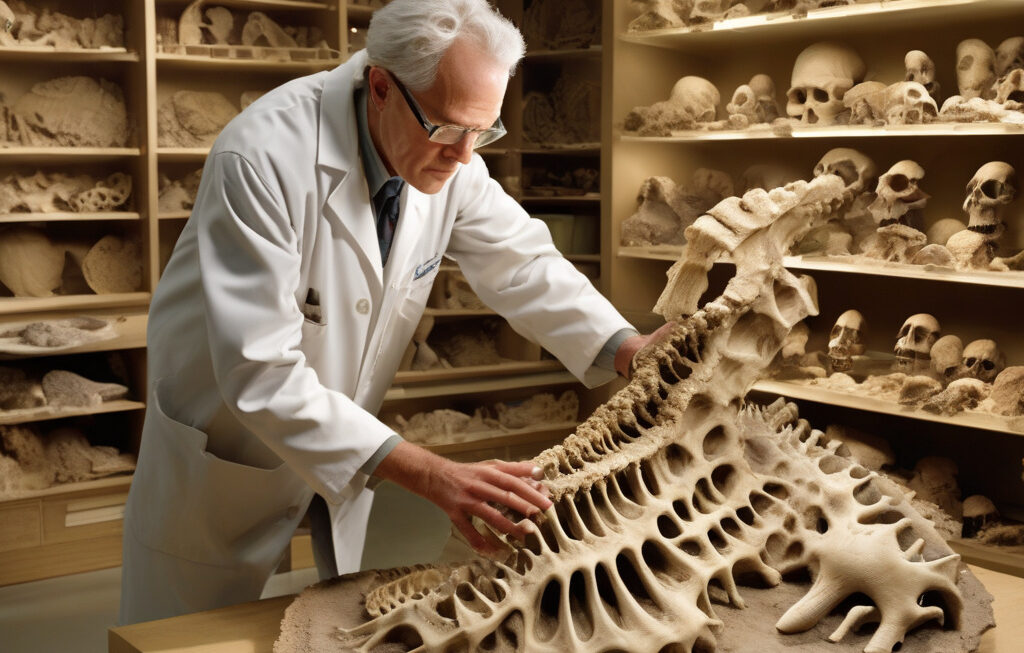Ancient Bone Shatters Beliefs: Echidna Ancestors Lived in Water
Scientists have quasi-solved a longstanding mystery surrounding the origins of platypus and echidnas, the strangest and most unique creatures in the animal kingdom. Recent findings have unearthed a 108-million-year-old bone that challenges previous beliefs and sheds light on the evolutionary history of these fascinating monotremes.
The discovery of this ancient bone has sent shockwaves through the scientific community, as it indicates that the ancestors of echidnas may have lived in water rather than on land. This revelation contradicts long-held theories that these spiny mammals evolved from a terrestrial lineage. Instead, it suggests a more aquatic past, raising intriguing questions about how these creatures adapted to different environments over millions of years.
By studying the structure and composition of the bone, researchers have been able to piece together a clearer picture of the evolutionary path taken by echidnas and platypus. The unique features of the bone, such as its density and shape, provide valuable insights into the lifestyle and habitat of these ancient creatures. This new information challenges conventional wisdom and opens up a world of possibilities for further research and exploration.
One of the most exciting implications of this discovery is the potential reimagining of the evolutionary timeline of monotremes. By tracing the origins of echidnas back to an aquatic environment, scientists can now better understand how these creatures have adapted to life on land. This new perspective offers a fresh lens through which to view the incredible diversity and resilience of life on Earth.
Furthermore, the revelation that echidna ancestors lived in water highlights the importance of interdisciplinary research in unraveling the mysteries of evolution. By combining expertise from fields such as paleontology, genetics, and ecology, scientists can paint a more comprehensive picture of how different species have evolved and diversified over time. This collaborative approach is essential for pushing the boundaries of knowledge and driving innovation in the field of evolutionary biology.
As we continue to uncover the secrets of the past, it is clear that there is still much to learn about the origins and evolution of life on Earth. The discovery of the 108-million-year-old bone is a testament to the power of scientific discovery and the endless possibilities that lie within the natural world. By challenging existing beliefs and pushing the boundaries of our understanding, we can unlock new insights into the complex tapestry of life that surrounds us.
In conclusion, the recent revelation that echidna ancestors lived in water offers a tantalizing glimpse into the hidden history of these enigmatic creatures. By reimagining the evolutionary journey of monotremes, scientists are uncovering new truths about the origins of life and the remarkable adaptations that have shaped the world we see today. This groundbreaking discovery serves as a reminder of the boundless potential for discovery that lies within the natural world, waiting to be uncovered and explored.
evolution, echidna, platypus, scientific discovery, interdisciplinary research












